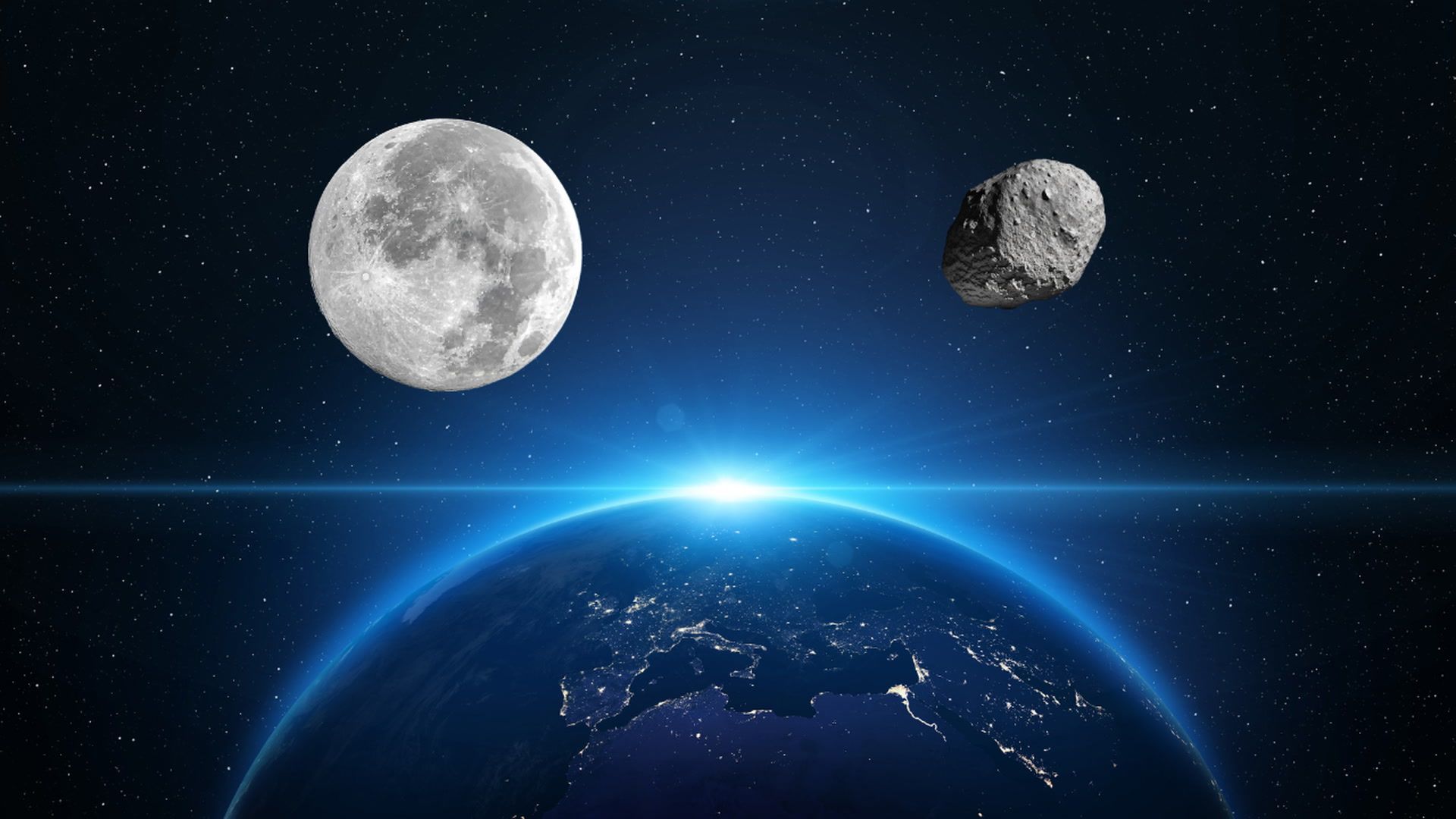Starting next week, Earth will have a temporary companion: a second moon. From September 29 to November 25, 2024 PT5, an object scientists believe to be an asteroid, will orbit the Earth. Known as a “mini-moon,” this asteroid, measuring around 10 meters in diameter, will be difficult to spot from Earth due to its small size. Discovered by NASA on August 7, it originated from the Arjuna asteroid belt and will return there once it leaves Earth’s orbit.
“Earth can regularly capture asteroids from the Near-Earth Object (NEO) population, pulling them into temporary orbit as mini-moons,” wrote researchers Carlos and Raúl de la Fuente Marcos in their research.
NASA defines Near-Earth Objects (NEOs) as celestial bodies, including asteroids, that are drawn into Earth’s vicinity by the gravitational pull of nearby planets. The organization monitors over 28,000 NEOs, tracking their orbits and potential close approaches.
Paul Chodas, director of NASA’s Center for Near-Earth Object Studies, mentioned that 2024 PT5 might be a piece of ejecta from a lunar impact, potentially making it part of Earth’s original moon, as reported by The New York Times.
Key Points about Earth’s “Mini-Moon”:
– Earth will have a temporary second moon, 2024 PT5, starting next week.
– This mini-moon will orbit Earth from September 29 to November 25.
– 2024 PT5 is believed to be an asteroid, about 10 meters wide.
– The object will be nearly impossible to see from Earth due to its size.
– NASA discovered it on August 7, 2024.
– It comes from the Arjuna asteroid belt and will return there after departing Earth’s orbit.
– Occasionally, Earth captures asteroids from the NEO population, turning them into temporary mini-moons.
– NEOs are celestial bodies drawn into Earth’s vicinity by the gravitational pull of nearby planets.
– NASA tracks about 28,000 NEOs, including their orbits and close approaches.
– 2024 PT5 may be a fragment of the moon, potentially a result of a lunar impact.























